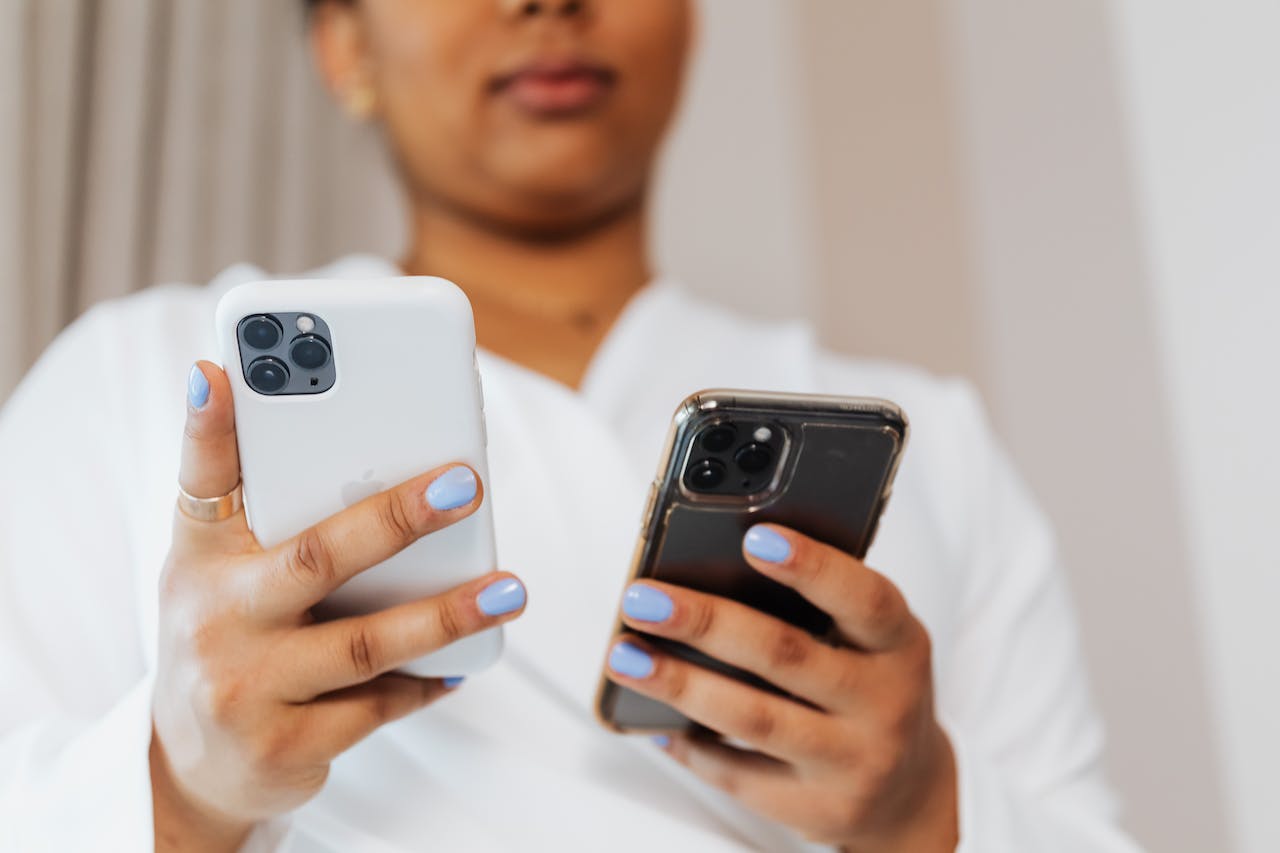How to Get the Most Out of Your iPhone Hotspot
The iPhone’s Personal Hotspot lets you share your cellular connection with other devices. But if you’re on a limited data plan, using a hotspot can drain your battery or eat into your monthly limit, leading to slow performance.
You can avoid this by tweaking a few settings. To get the most out of your iPhone’s cellular data, follow these tips:
Turn Off the Background App Refresh
Many apps run and update automatically in the background, consuming battery and data. This can cause your iPhone to slow down when you’re using it as a hotspot. To prevent this, go to the Settings app and turn off Background App Refresh.
You can also limit which apps refresh in the background if you don’t want to turn off the feature altogether. Just be careful to enable it only for essential apps if you’re worried about data usage or battery life.
Another way to boost iPhone hotspot speed is to close unused apps on your phone. This will reduce the number of tasks your cellphone has to prioritize and improve its overall performance. It’s also a good idea to check your iPhone’s Low Data Mode and ensure it’s not enabled. This setting pauses automatic updates and background activity to conserve data but can also slow down your hotspot speeds. Turning off this feature can help you avoid exceeding your data plan’s limit. To turn it off, go to the Settings app and tap General.
Turn Off Low Data Usage
Whether you’re using your iPhone as a personal hotspot, several factors can drain your cellular data allotment in no time.
To prevent this, you can turn on a Low Data Usage feature. You can find it under the Cellular tab in your iPhone’s settings. Once it’s on, your phone will restrict specific network use and limit its background activities. It won’t prevent all data-hungry apps from working, but it’ll reduce the amount of data they consume.
The downside of turning on Low Data Mode is that it may slow down your iPhone’s performance. It also may not allow some apps to refresh in the background, and it’ll prevent Safari from automatically saving web pages to your Reading List so that you can read them offline. But, if you don’t mind a slower iPhone and reduced background activity, it can save you a lot of cellular data. It’s worth trying it out to see if it works for you.
Turn Off Location Services
If you have a limited data plan, turning location services off can prevent unnecessary use of your available bandwidth. Apps that require location tracking can drain your battery and increase data usage. They also share data with third-party companies for advertising, which can compromise privacy.
Toggle the System Services switch to the Off position to disable background app refresh and auto-updates, which can slow down your iPhone’s hotspot speed. You can also limit multimedia streaming and push notifications to reduce network connection activity.
Most apps will ask permission to track your location, but you can control their access per app. Toggle each app to the desired setting: Never, which prevents an app from using your site, or While Using This App, which lets you grant it access on a case-by-case basis. For example, keep the Weather app’s location services enabled so that you receive up-to-date weather reports and traffic incidents while disabling them for other apps like Messages.
Turn Off Auto-Lock
iPhone Personal Hotspot allows you to wirelessly connect up to five other Apple devices (Mac, iPad, and iPod touch) without entering a password. To use this feature, the devices must meet System requirements for Continuity on iPhone and Apple Watch, be connected to Wi-Fi, and be signed in with the same Apple ID.
If several apps open on your iPhone while acting as a personal hotspot, they can compete for cellular data and slow down the connection’s speed. Closing apps while in hotspot mode can free up some much-needed bandwidth.
The location of your iPhone can also impact signal reception and hotspot speeds. Find a spot with a clear line of sight to the nearest cell tower for best results.
If you’re still experiencing a poor connection, try powering down your iPhone and the other devices connecting to it. Restarting them often fixes glitches and improves speed. In addition, consider network boosting options that can improve cellular signal strength and speed to increase your hotspot’s performance.
Turn Off Low Battery
A signal booster can help improve your iPhone’s cellular reception and speed up its hotspot performance. It can also help close any apps running in the background, as these use cellular data and slow down your iPhone’s hotspot. Another tip is to track your data usage – this can alert you when you’re getting close to your monthly limit and help you manage your data consumption.
Another common issue is that the devices connecting to your iPhone’s hotspot are too far apart – this can reduce the strength of the connection and result in slower speeds. To fix this, try restarting the iPhone and the devices trying to connect.
Finally, it’s worth experimenting with different settings on your iPhone to see if anything can be changed to improve its hotspot speed. Turning off certain features and optimizing your settings can help with this, as can updating the firmware on both your iPhone and any connected devices. Consider consulting an expert about your iPhone’s cellular reception and network performance if all else fails.




